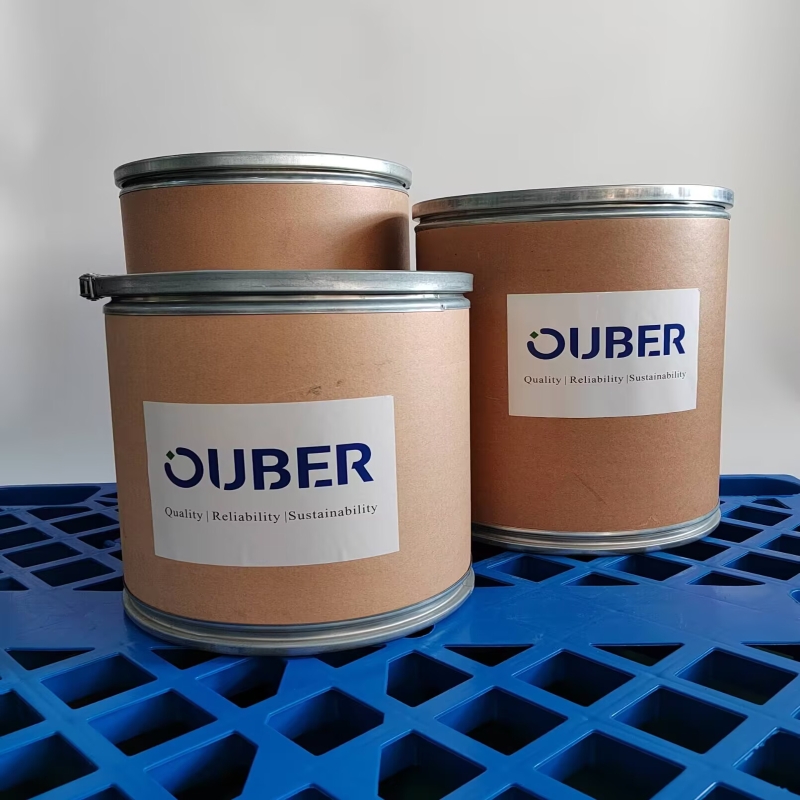-
Categories
-
Pharmaceutical Intermediates
-
Active Pharmaceutical Ingredients
-
Food Additives
- Industrial Coatings
- Agrochemicals
- Dyes and Pigments
- Surfactant
- Flavors and Fragrances
- Chemical Reagents
- Catalyst and Auxiliary
- Natural Products
- Inorganic Chemistry
-
Organic Chemistry
-
Biochemical Engineering
- Analytical Chemistry
-
Cosmetic Ingredient
- Water Treatment Chemical
-
Pharmaceutical Intermediates
Promotion
ECHEMI Mall
Wholesale
Weekly Price
Exhibition
News
-
Trade Service
May 3, 2020 / / - Leukocyte mesokine-13 (IL-13) is a cytokine secreted by T cells, intrinsic lymphocytes (ILC2s) and granulocytes.
it plays an important intermediary role in allergy and anti-parasitic defense, and has a variety of roles.
May 1, Knudsen et al., from Harvard University's Chen Zengxi School of Public Health, the University of Texas McGovern School of Medicine, and others, written in Science about the unique role of IL-13 in exercise and metabolism.
the study showed an increase in IL-13 levels in the blood of endurance-trained mice, which was associated with the expansion of ILC2 in the muscles.
, when mice lacked IL-13, exercise could not lead to increased use of muscle fatty acids and mitochondrial biological production.
the activation of the downstream signaling path of the muscle IL-13 subject is the key to this action.
injection of adenovirus IL-13 can reproduce the motion-induced metabolic reprogramming process.
signaling path may have evolved to combat the metabolic stress of parasitic infections.
exercise has many health benefits.
of skeletal muscle metabolic activity involving multiple tissues and signaling path paths to cope with increased energy and oxygen demands.
signals to promote endurance are regulated by switching from glycolysis to oxidation metabolism based on fatty acids as an energy source.
this metabolic energy supply strategy is adapted to special muscle fibers, which exhibit unique energy substrate preferences and mitochondrial oxidation capabilities.
these adaptive changes -- such as increased cardiopulmonary function, increased muscle oxidation metabolism, and improved body glucose stability -- promote metabolic health.
, however, the mechanisms for regulating these adaptive reactions remain unclear.
photo source: Science Science has been found to regulate the metabolic effects of exercise since the early 1960s.
recent research further supports the view that communication between host immune cells and their host tissues is important for regulating metabolic thresholds to maintain tissue function.
Knudsen et al. found that endurance exercise increased the circulation levels of lecierle mesotonin-13 (IL-13) in the blood of mice and humans.
endurance exercise also leads to the amplification of type 2 inherent lymphocytes (ILC2s), one of the main cell types that produce IL-13 in mouse muscles.
suggests the role of IL-13 in the control of adaptive reactions caused by motion.
researchers used several molecular and biological energy analyses and generated three genetic models to determine the role of IL-13 signals in the metabolic reprogramming of skeletal muscles for endurance exercise training.
results were lower in mice with IL-13 defects on treadmills than in wild control animals.
researchers sequenced the skeletal muscles of control groups and mice with IL-13 defects to detect the role of IL-13 in exercise physiology.
results showed that IL-13 had no significant effect on the expression of the static muscle metabolic gene.
, however, endurance training increased network signals of mitochondrial and fatty acid oxidation genes in the control group's muscles, which were lost in mice lacking IL-13.
that the muscles lacking in IL-13 show fatty acid utilization defects after a movement and fail to increase the biological process of mitochondrials after endurance training.
, endurance training in control group animals led to an increase in the amount of muscle oxidation fibers and an improvement in mitochondrial breathing, endurance and glucose tolerance.
the metabolic benefits of all these exercise trainings require a complete IL-13 signal.
Knudsen et al. found that IL-13 acted directly on the skeletal muscle through its subject, IL-13R alpha1, leading to the activation of Stat3.
after a single training and endurance training, the level of Stat3 phosphatation in the muscles increased, and this effect disappeared in mice with IL-13 defects.
researchers found that IL-13 treatment increased mitochondrial breathing dependent on IL-13Ra1 and Stat3 in C2C12 muscle tubes.
IL-13-Stat3 axis control metabolism program causes changes and regulation of exercise training by coordinating with two nuclear subjects and tweed regulation mitochondrial regulatory factors ERR alpha and ERR gamma.
mice with a particular lack of IL-13Ra1 or Stat3 in skeletal muscle had decreased oxidation and endurance of muscle fatty acids.
, elevated levels of IL-13 in skeletal muscles reproduced endurance-induced metabolic reprogramming in the form of Stat3 dependence, improving body glucose stability and running ability.
the conclusion that the IL-13 signal is activated immediately after exercise and stabilized through endurance training, respectively, has the effect of regulating substrate utilization and regulating mitochondrial biological occurrence.
, it meets the criteria for regulating the body fluid factors of the metabolic effects caused by movement.
IL-13 directly affects skeletal muscles, thereby increasing the transcription process for encoding fatty acid oxidation and mitochondrial electron transfer chain complexes through IL-13R alpha1 and downstream effect Stat3.
adaptive response is the interaction of immune and metabolic pathways to prepare muscles for sustained physical activity.
these observations underscore the importance of immune signals in maintaining tissue metabolic health.
() Reference: Nelson H. Knudsen et al. Interleukin-13 drives metabolic conditioning of muscle to endurance exercise. Science 01 May 2020: Vol. 368, Issue 6490, eaat3987 DOI: 10.1126/science.aat3987Exercised cytokines promote endurance.







